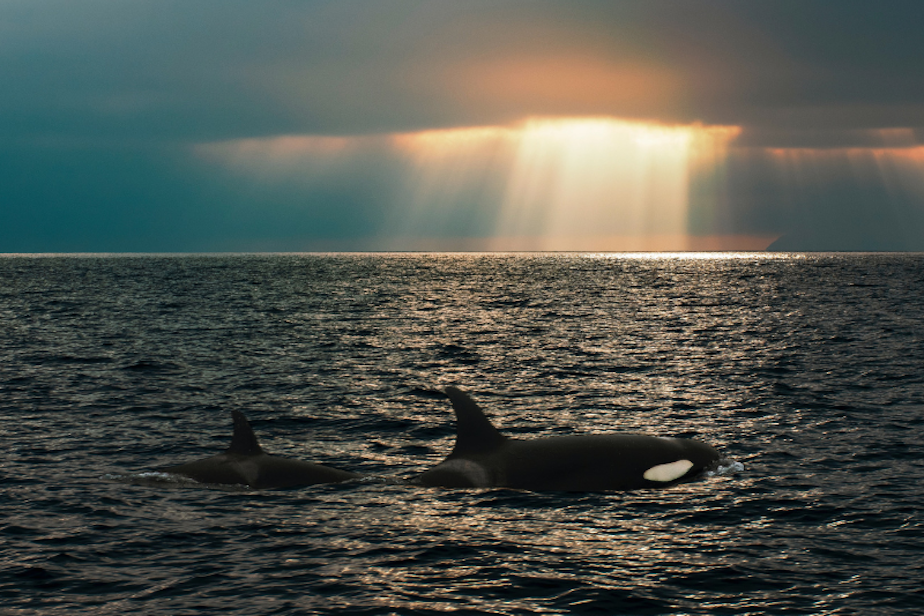Orcas are actually not one species, but three

Newly published science suggests orcas may be not just one but three distinct species.
Researchers say that, based on what they've found, the killer whales deep in the Pacific Ocean should get their own species name. Bigg's killer whales should have their own, too. And the orca we commonly refer to as northern and southern residents should be considered their own species as well.
RELATED: Why are these killer whales increasingly showing up in the Salish Sea?
This is the conclusion of a paper published in the journal Royal Society of Open Science, which states the orca taxonomy needs to be updated. The proposal to divide orcas up into three species will now be under consideration of the scientific community.
The main difference will be for two groups that swim the Salish Sea. Communities around Puget Sound are familiar with resident orcas, which are commonly seen. Bigg's killer whales spend more time along the coast, but they have been known to come into Puget Sound, too.
Up until now, all orcas worldwide have been considered the same species, Orcinus Orca. But the paper states, "We conclude that eastern North Pacific Bigg’s killer whales should be recognized as Orcinus rectipinnus ... and resident killer whales should be recognized as Orcinus ater."
This change would be similar to how wolves, coyotes, and domestic dogs are different species, but are still under the same genus.
The conclusion is based on a few observations. For starters, these two groups of orcas don't interact. While they sometimes swim the same waters, they generally avoid each other. When they do interact, they can be aggressive. In more than 50 years of observation, the paper states, there are no known cases of these groups interbreeding.
They also have different diets. Bigg's killer whales hunt marine mammals (like seals), while other orcas like to eat salmon. And simply put, they use different languages to communicate. The paper notes that Bigg's killer whales are silent when foraging, and residents are quite vocal. The whistles and clicks that these two groups use are also different, leading researchers to conclude, "Acoustic differences show divergence between the ecotypes, relevant to differentiation associated with culture and feeding ecology."
This would be the first major change to orca taxonomy since 1874, according to The Seattle Times.




